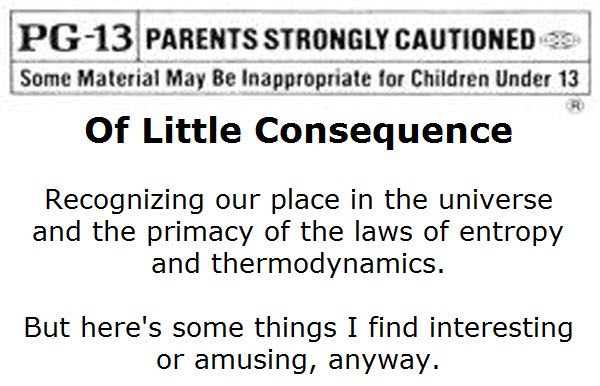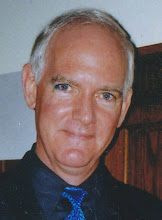In about the middle of the 20th Century, cosmologists had come up with two basic competing theories about the beginning of our universe: the 'Steady State' theory and what popularly became known as the 'Big Bang' theory. The 'Steady State' theory maintained that the universe had always been around, and would continue to be so, without noticeable change. Fred Hoyle was probably the most popularly-known proponent of this theory.
Sputnik and the Russian space program actually made a big contribution to research leading to discoveries in this area.
Working at Bell Labs in 1964, Arno Penzia and Robert Wilson were trying to perfect means of communicating with satellites in orbit. To measure these faint signals, they had to eliminate ALL the interfering noise, from radios, television transmissions, nearby radar and radio transmissions, etc. They suppressed interference from the heat in the receiver itself by cooling it with liquid helium to −269 °C, only 4 °C above absolute zero. But still, there was this residual signal -- they even thought this might be from 'irregularities' in their large horn antenna (picture), caused from the accumulation of pigeon droppings. But even when the large horn antenna was thoroughly scrubbed, the residual signal remained.
Penzias and Wilson were not cosmologists or theoretical physicsts, but got in contact with Robert H. Dicke, Jim Peebles, and David Wilkinson, astrophysicists at Princeton University just 60 km (40 miles) away, who were preparing to search for microwave radiation in this region of the spectrum. Dicke and his colleagues reasoned that the Big Bang must have scattered not only the matter that condensed into galaxies but also must have released a tremendous blast of radiation. With the proper instrumentation, this radiation should be detectable. (wikipedia).
After talking to Robert Dicke at length, Penzias and Wilson invited them all down to the Bell Labs facility in New Jersey, to actually listen to -- and see on monitors -- the residual 'noise' they were recording. To avoid controversy, their results and interpretations were published in separate papers.
In 1978, Penzias and Wilson were awarded the Nobel Prize for Physics for their joint discovery.
To put it succintly, there is no longer any argument about the 'beginning' of the universe, when it happened, and a good part of its history since then. Aside from all the other evidence, there is no other explanation for the pervasive 3 degree K blackbody radiation which pervades the universe: it's the predicted and calculated remnant of the 'Big Bang' event which created this universe. End of story.
How confident are we? Check the attached photo, with the predicted vs. measured radiation, together with the 1% error bars.
PS: It must seem rather demeaning now, for Penzias and Wilson having to spend days on their hands and knees inside the big horn antenna, scrubbing all the surfaces with bleach, to remove all the pigeon shit.
Worth it, perhaps, for a Nobel Prize.
PPS: Bell Labs - whose scientists invented the transistor, the intergrated circuit, the photovoltaic cell, the C programming language, the UNIX operating system, the first wireless local area network, etc. was effectively disbanded. As of now, there is reportedly no one doing basic research.
Hope your cell phone makes you happy.
The Bell Labs Horn Antenna In Crawford Hill, NJ (now a National Historic Site)
The data from the original scans from Bell Labs, correlated with the specific numerical predictions from the models of the 'Big Bang' theory. End of subject, as they say.
Subscribe to:
Post Comments (Atom)




No comments:
Post a Comment